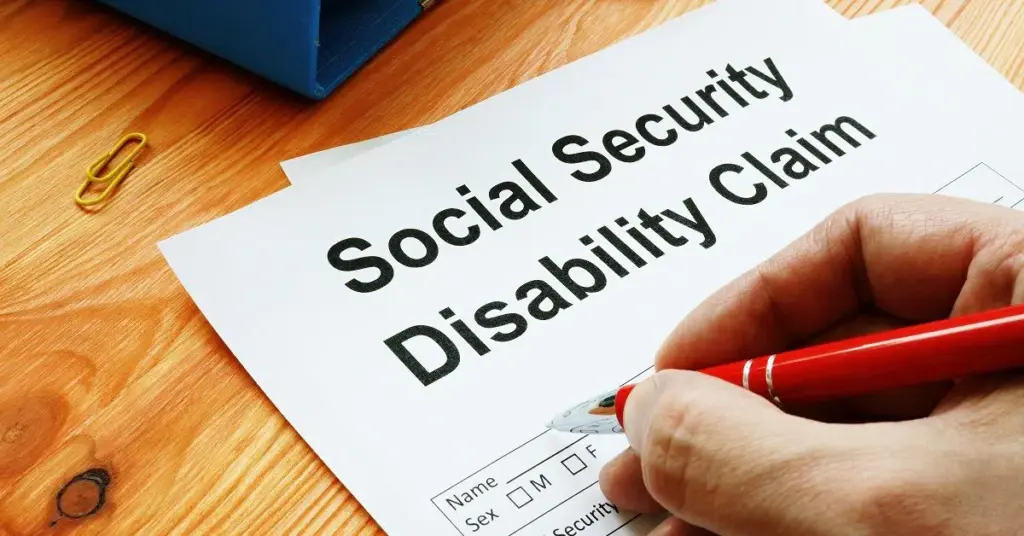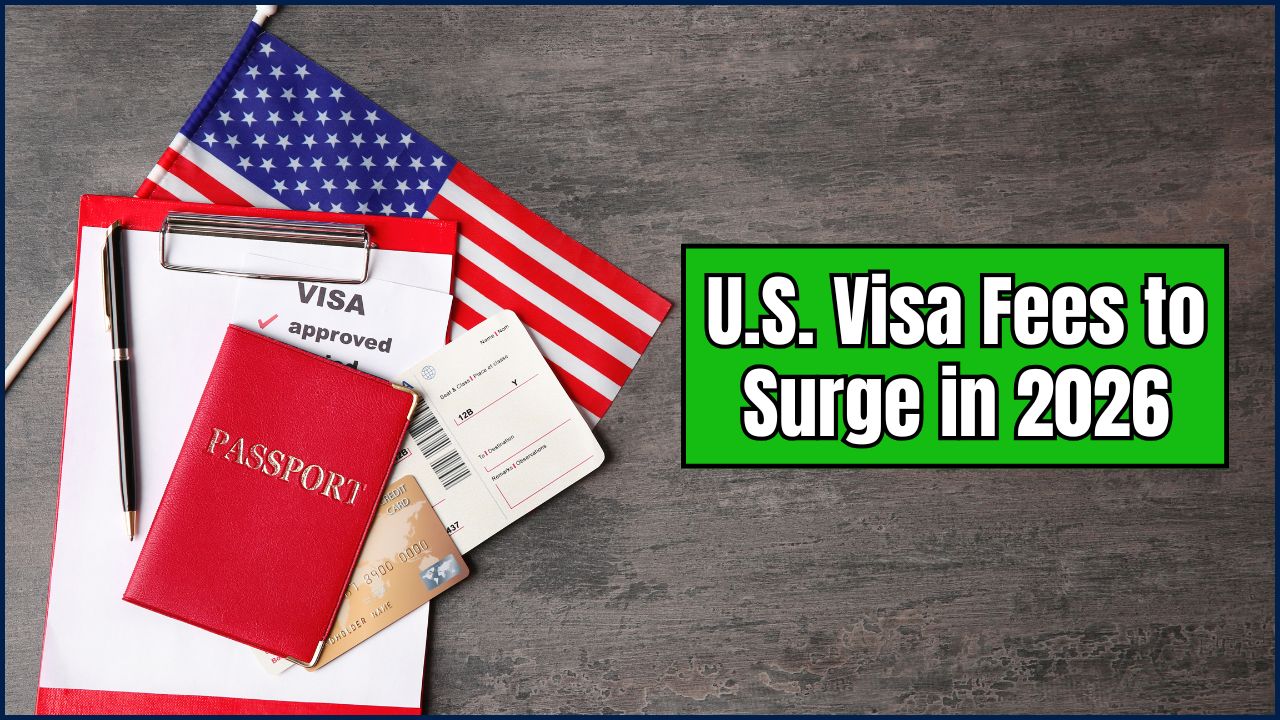When John Redhawk from Oklahoma finally got approved for Social Security Disability Insurance (SSDI), he felt relief—but also worry. His two young grandkids lived with him, and money was tight. A friend at the tribal community center mentioned something called “auxiliary benefits”—extra payments for children of SSDI recipients.
Fast forward three months, and John’s household income jumped by $800 a month—without touching his own check.

This isn’t a rare story. Every year, thousands of parents and guardians miss out on SSDI benefits for their kids simply because they don’t know it exists or assume it’s complicated. Let’s fix that.
SSDI Benefits for Your Kids
| Topic | Details |
|---|---|
| Who Qualifies | Children under 18, up to 19 if still in high school, or disabled adult children (disability onset before 22) |
| Benefit Amount | Up to 50% of parent’s SSDI (75% for survivors), subject to family maximum (150%-180% of parent’s benefit) |
| Required Documents | Birth/adoption certificate, Social Security numbers, school proof for older teens |
| Back Pay | Up to 12 months retroactive payments (minus SSDI 5-month waiting period) |
| Application Process | Apply through SSA online, by phone, or in person—must request for child, not automatic |
If you’re getting SSDI, not applying for your child’s benefits is like leaving money in the dirt. With payments of up to 50% of your SSDI amount, plus possible back pay, this can be a lifeline for your family. The process takes effort, but the reward is worth it.
What Are SSDI Dependent Benefits?
SSDI dependent benefits, sometimes called auxiliary benefits, are monthly payments for the children of people receiving SSDI. They’re meant to help your whole household—not just you—since disability affects the entire family.

And here’s the kicker:
These payments are on top of your own SSDI check. Uncle Sam isn’t taking from your pocket to pay your child—this is extra help.
Who’s Eligible?
To keep it straight:
- Under 18 years old (or under 19 if still in high school full-time)
- Biological, adopted, or stepchildren
- Unmarried
- Adult children disabled before age 22
- Sometimes grandchildren, if you’re their main caregiver and they live with you most of the time.
How Much Can They Get?
- Up to 50% of your SSDI amount.
- 75% if you’ve passed away and they’re getting survivor benefits.
- Family Maximum Benefit: Usually 150%-180% of your SSDI. If you have multiple dependents, SSA splits the total so you don’t exceed the cap.
Example:
If your SSDI is $2,000/month:
- One child could get $1,000 (50%).
- Two kids? Each gets less so the total stays within the max.
Comparison Table
| Feature | Child’s SSDI Benefits | Child’s SSI Benefits |
| Eligibility Based On | Parent’s work history and disability | Child’s disability and family’s income/resources |
| Primary Recipient | A qualifying child of a parent who receives SSDI | A child with a disability from a low-income family |
| Funding Source | Social Security taxes paid by the parent | General tax revenue |
| Means-Tested? | No | Yes |
| Commonly Used for… | Dependents of disabled or retired workers | Children with severe disabilities in low-income households |
Step-by-Step Guide to Apply
1. Apply for Your Own SSDI
You can’t start dependent benefits until your SSDI is approved. Apply at SSA.gov, by phone, or at your local SSA office.
2. Gather the Documents
You’ll need:
- Child’s birth certificate or adoption decree
- Social Security numbers (yours and child’s)
- School proof if 18–19 in high school
- For disabled adult children: Adult Disability Report
3. Request Child Benefits
They’re not automatic! You must tell SSA you want to apply for your child. This can be done at the same time as your own SSDI application or afterward.
4. Watch for Back Pay
SSA can pay up to 12 months retroactively, minus SSDI’s 5-month waiting period. This can be a hefty lump sum.
SSDI vs. SSI for Children
Many people mix up SSDI and SSI. Here’s the difference:
| Feature | SSDI Child Benefits | SSI for Children |
|---|---|---|
| Based On | Parent’s SSDI record | Child’s disability & family income |
| Work History Required? | Parent must have enough work credits | No |
| Amount | % of parent’s SSDI (up to 50%) | Federal base rate + state supplements |
| Age Limit | Under 18 (or 19 in school), or adult disabled before 22 | Under 18 or adult disabled before 22 |
| Income Limit? | No limit for parent’s own benefit, but family max applies | Yes—strict limits |
Common Myths (Busted!)
Myth #1: “If I get SSDI, my kids automatically get paid.”
Truth: Nope. You have to apply for them separately.
Myth #2: “My kids will get the same amount no matter how many there are.”
Truth: The family maximum means the more dependents, the smaller each share.
Myth #3: “If my income goes up, they’ll lose benefits immediately.”
Truth: Only if your SSDI stops—SSA reviews your case before making changes.
Native Wisdom: Family First
In many Native American communities, caring for children isn’t just a personal duty—it’s a community responsibility. These benefits honor that principle by making sure children are supported when a parent can’t work due to disability. Think of it like the tribe stepping in—only in this case, it’s the federal government lending a hand.
FAQs
Q: Will my child lose benefits if they get a part-time job?
A: Not if they’re under 18. For adult disabled children, earnings limits apply.
Q: Can I apply online for child benefits?
A: You can start online but will usually need to finish by phone or in person.
Q: Are payments sent to my child?
A: Usually, the SSA sends them to you as the representative payee.





